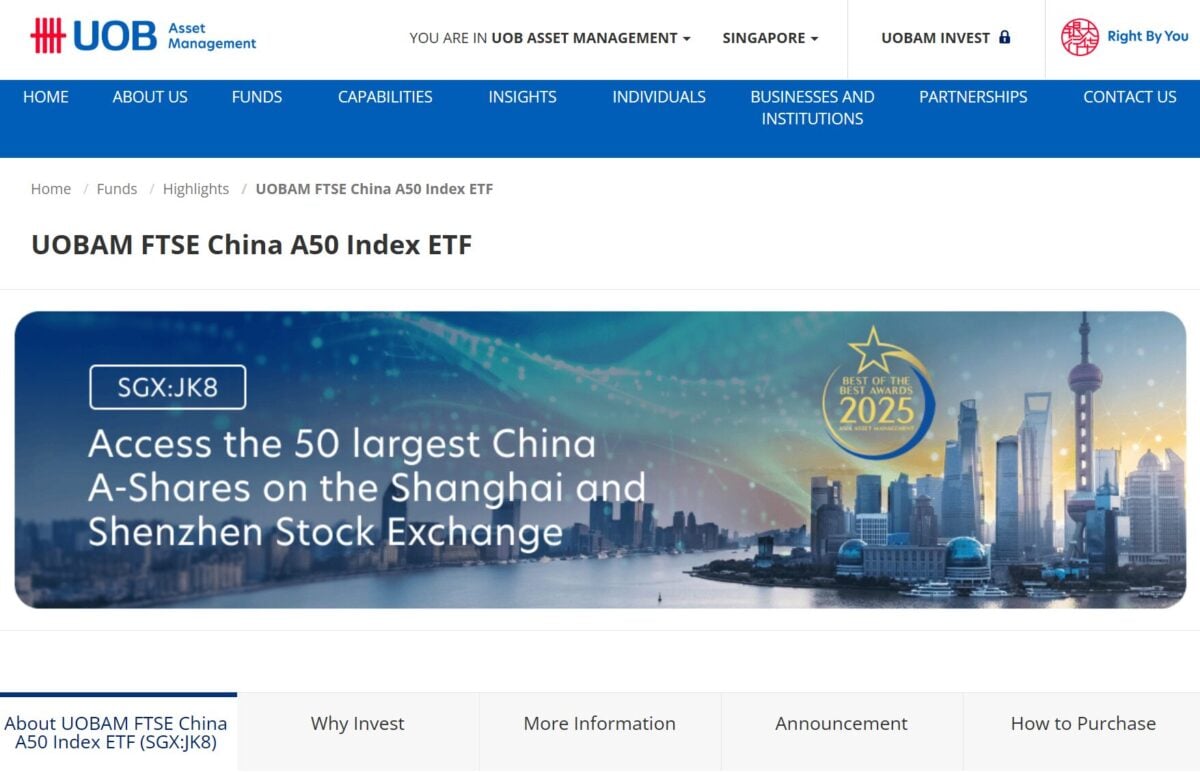
The fluctuation of petrol and diesel prices is something that’s observed closely by business owners and consumers as it could impact transportation and logistics costs, leading to inflation of goods and services.
According to GlobalPetrolPrices.com, the average petrol price around the world currently stands at US$1.24 per litre, with the cheapest petrol in Iran, costing US$0.02 to the most expensive in Hong Kong at US$3.31.
So, how do petrol and diesel prices across countries in Southeast Asia stack up against one another?
Petrol And Diesel Prices In Southeast Asian Countries
For this article, we refer to GlobalPetrolPrices.com to compile petrol and diesel prices in different countries in Southeast Asia, except for Brunei, which is not listed on the platform. Petrol and diesel price in Brunei are taken from Brunei Shell Marketing, a company that sells and market fuels in Brunei.
According to Brunei Shell Marketing’s social media post on 1 January 2023, petrol and diesel price were B$0.36 (US$0.27) per litre and B$0.31 (US$0.23) per litre respectively, which are significantly lower than other countries in the region.
This is followed by Malaysia and Indonesia, which have the second and third cheapest petrol prices at US$0.46 per litre and US$0.77 per litre, as of 9 December 2024. For diesel, Malaysia and Vietnam have the second and third cheapest prices in the region at US$0.67 and US$0.73.
On the other hand, the countries in Southeast Asia that have the highest petrol prices are Singapore, Laos and Thailand. Petrol price in Singapore is the highest at US$2.04 per litre, followed by Laos and Thailand at US$1.36 and US$1.34 per litre.
The price of diesel in Singapore is US$1.84 per litre. Meanwhile, people in Thailand and Cambodia pay the second and third highest prices for diesel at US$0.97 and US$0.95 per litre.
| Country | Petrol Price (per litre) | Diesel Price (per litre) |
| *Brunei | US$0.27 | US$0.23 |
| Malaysia | US$0.46 | US$0.67 |
| Indonesia | US$0.77 | US$0.87 |
| Vietnam | US$0.83 | US$0.73 |
| Myanmar | US$1.01 | US$0.85 |
| Philippines | US$1.08 | US$0.92 |
| Cambodia | US$1.12 | US$0.95 |
| Thailand | US$1.34 | US$0.97 |
| Laos | US$1.36 | US$0.90 |
| Singapore | US$2.04 | US$1.84 |
All prices are from GlobalPetrolPrices.com and are accurate as of 9 December 2024.
*Data is collected from Brunei Shell Marketing which is accurate as of 1 January 2023.
Why Are Fuel Prices Different?
There are several factors that influence the pricings of petrol and diesel. The price of fuels is driven by the cost of crude oil itself, the naturally-occurring resource extracted from beneath the earth to make petrol and diesel.
Besides that, pricing in each country is different due to the various taxes or subsidies on petrol and diesel.
In countries like Brunei, Malaysia and Indonesia, which are rich in oil reserves, petroleum products are subsidised by the government. This means that the government covers the costs of petrol and diesel so that citizens can pay for fuels at a lower price compared to the market price.
According to news report, fuel subsidies in Indonesia hit US$31.78 billion in 2024. In 2022, Malaysia made headlines when total subsidies reached an all-time high at RM80 billion, with the country spending RM20 billion on blanket fuel subsidies each year.
Starting from 2024, the Malaysian government has been gradually phasing out fuel subsidies as it realigned diesel price to match the market price at RM3.35 per litre in June in a bid to boost government coffers and reduce subsidised diesel leakages, a severe issue in the country. The phasing out of diesel subsidies is expected to save the government RM4 billion a year.
Meanwhile, in Singapore, fuel duties are implemented to encourage citizens to adopt more energy efficient practices. Currently, duty for premium petrol of 98 octane and above is S$0.79 per litre while duty for regular petrol of 92 and 95 octane is S$0.66 per litre. The country is constantly looking into developing its well-connected public transportation systems to allow the public to travel conveniently and in a greener manner.
Future Of Oil And Gas
Petrol and diesel are derived from crude oil, a non-renewable resource that is limited in amount and could run out. In addition, the process of transforming crude oil into fuel products release gas emissions to the air that can be harmful to the environment and people.
With the world adopting more sustainable practices including increased usage of battery electric vehicles, the fuel market may face disruption in the future.
The price of crude oil reacts to various factors one of which is the demand for it. According to BloombergNEF, the amount of oil consumption replaced by the adoption of electric vehicles is expected to rise to over 20 million barrels per day in 2040 compared to 2 million barrels today.
Read Also: How Diesel And Other Fuel Subsidies Work In Malaysia?
The post How Much Do Petrol And Diesel Cost Across Countries In Southeast Asia? appeared first on DollarsAndSense.sg.











